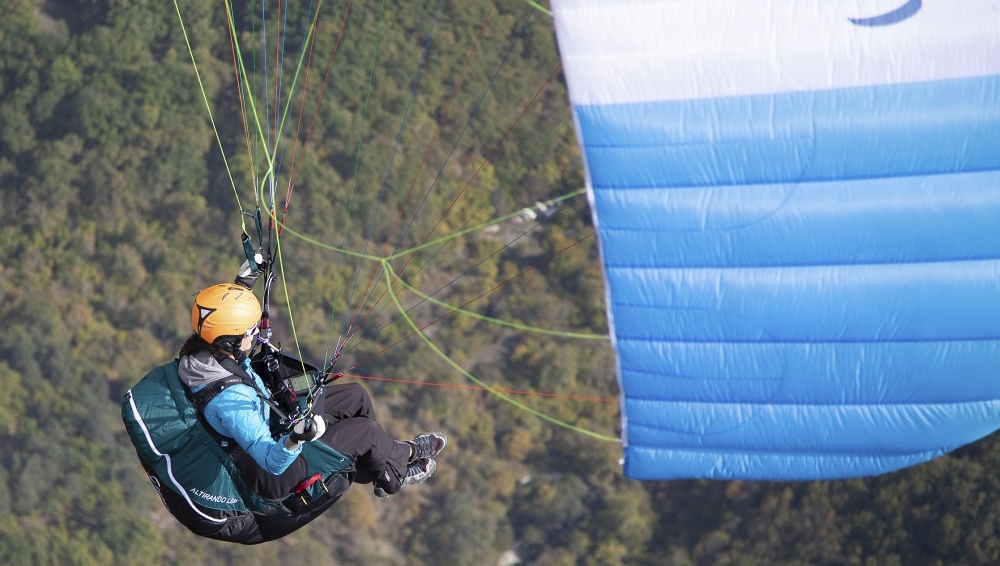
What happens when you fly too slowly?
Below the minimum speed or stall speed, the wing stops flying and will descend straight down like a parachute. This is a very unstable situation and often leads to a spin or stall.
See the chapters on Aerodynamics (stalls) and Advanced flying.

When is the best time to put your legs down during the landing approach?
D is the safest option. The others are either uncomfortable and unwanted because you can't use weightshift anymore, or unsafe if you are too late and land on your bum risking a back injury.
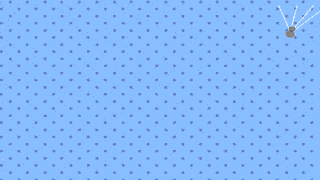
A paraglider glides down through the air. But at what speed?
These are all speeds relative to the air!
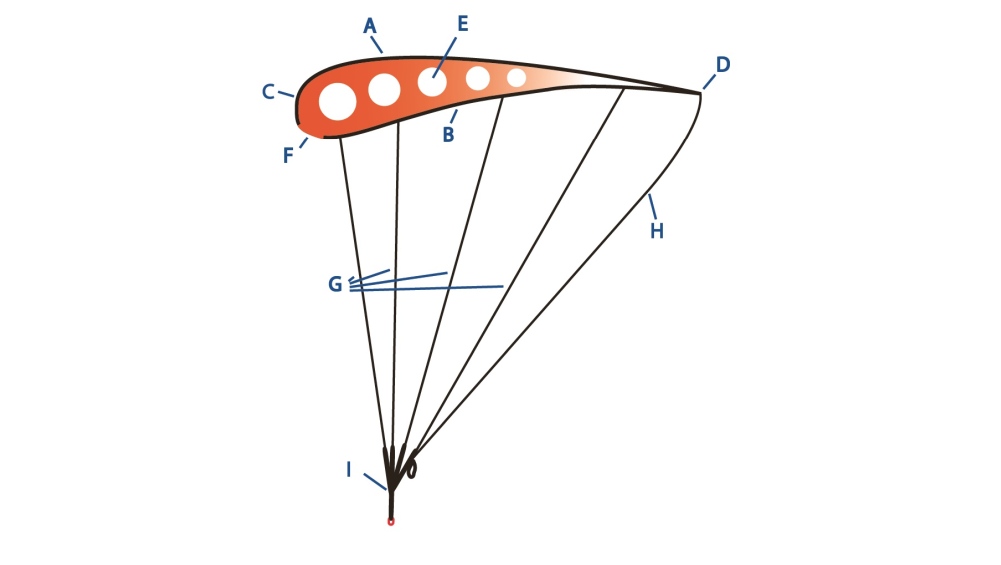
Which lines carry the most weight?
Most of the weight is carried by the lines attached to the front of the canopy.
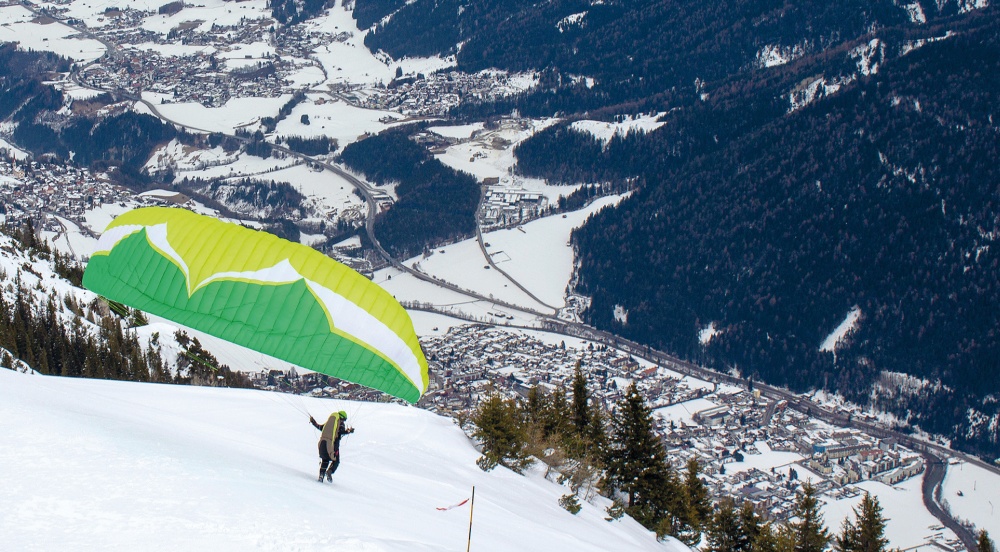
What are the minimum requirements for a safe take-off?
A straight headwind is not necessary, you can take off in a slight crosswind. The runway should be clear of cables and other obstacles, but a 500m radius is not necessary. It is however essential to be able to abort your launch, for example when you notice a knot in the lines.

'Big ears' are a descent technique and serve to increase your descent rate. Additionally, in which situation is pulling 'big ears' a good idea?
Pulling big ears reduces the wing area and therefore increases the wing load. This stabilizes the canopy somewhat. It also increases the flying speed but in most cases this is counteracted by the extra drag the ears create.
It's sunny on launch and you're ready to take off, but the wind has been from the back for quite a while. What do you do?
Gliders suffer the most from direct sunlight. The airtight coating is damaged by the UV-radiation. Don't leave your glider out in the sun unnecessarily.
Additionally, sitting on the reserve parachute may damage it without you noticing, so it might fail if you ever need it. Never sit on your harness.
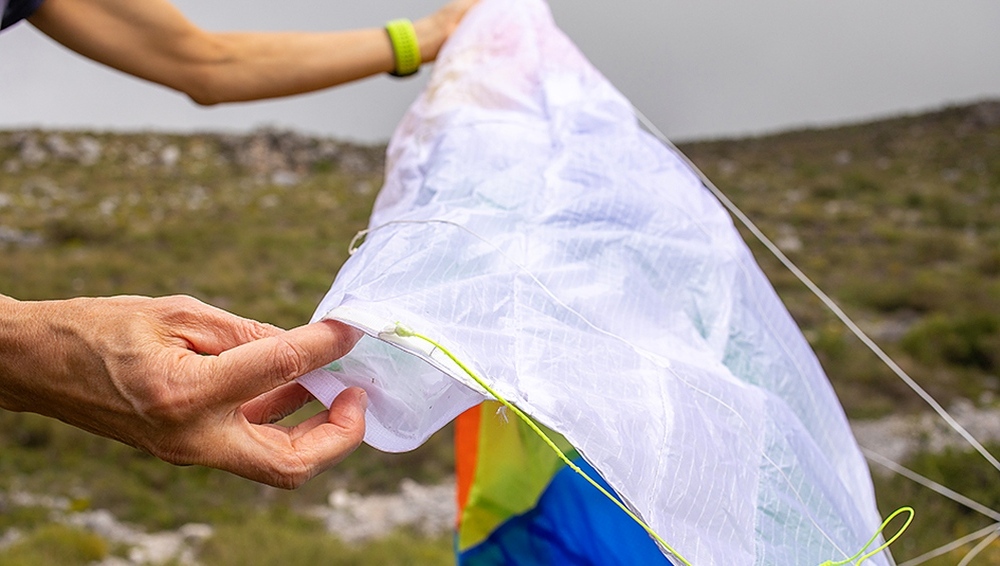
During daily inspections you notice a tear of about 2.5cm or one inch in the canopy of your paraglider. What do you do?
1. You fix the tear with ripstop tape on both sides of the fabric.
2. You take the glider to a dealer or manufacturer to have it professionally repaired.
You can fix a tear smaller than about 5cm (2 inches) yourself. Larger repairs should be done by a professional.
See the chapter on Equipment.

How tight do you need to pull the leg straps of the harness?
The tightness of the leg straps does not influence the flying properties of the paraglider.
When the leg straps are too loose, after take-off you will find yourself hanging low under the seat and it's more difficult to get in the harness.
Too tight will hinder your movements during take-off, depending on the harness design. In some harnesses it will prevent you from getting into the seat fully.
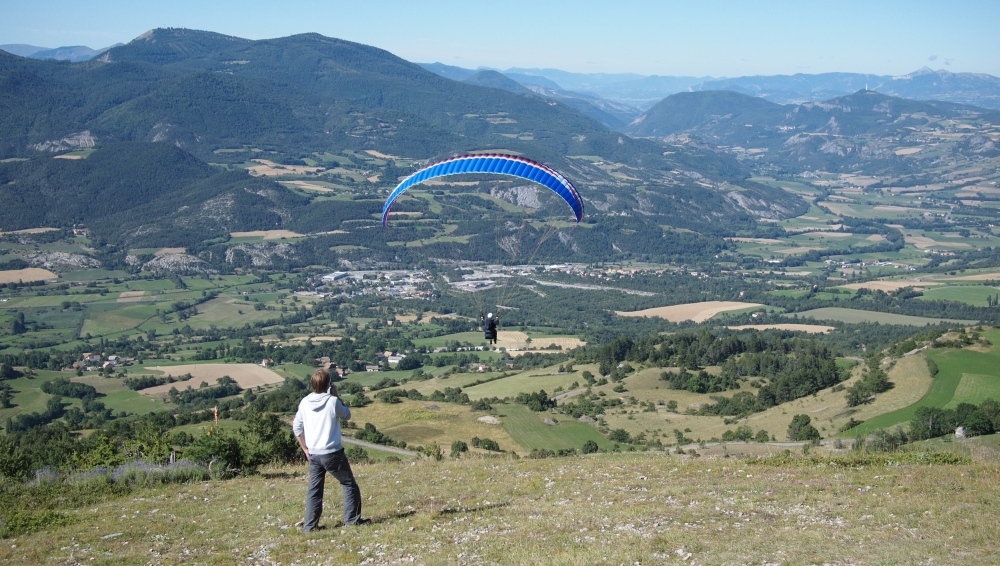
You are standing on take-off and you feel the wind coming a bit from the side. Is that a problem for a safe launch?
B is the only correct answer for an Alpine or forward launch in the mountains. When you choose to execute a reverse launch, C is a possibility as well. For a tow launch, sometimes a 90 degree crosswind can be safe to start for more experienced pilots.
Your result is shown above.
Did you like our quiz?
Share your result with your friends using the buttons below.